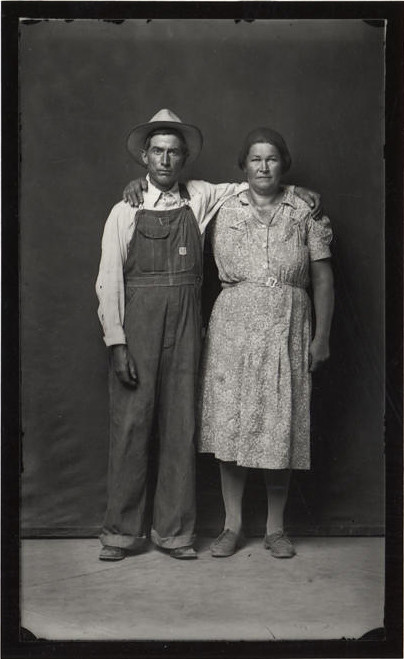Well, the film festival is in full swing now, and there’s lots going on this weekend: Q&As from Jim Loach (Oranges & Sunshine), Marcin Wrona (The Christening) and the cast and crew of Blooded; the Terry Gilliam Screentalk and the Bradford After Dark mini horror-fest in collaboration with Celluloid Screams; and a visit from actor-turned-director Gaylen Ross, who will be here with her new documentary Killing Kasztner.
Yesterday, the festival started in earnest, and it was nice to see some familiar faces along with some new ones. Best of all was being able to compare notes with that special breed of film fan, willing to spend much of the next 10 days sitting in a dark room.

Limelight
The first in the Claire Bloom retrospective, this film is a perfect example of art mirroring life. Charlie Chapin plays Calvero, a music-hall-performing ‘tramp’ clown, who rescues dancer Terry (Claire Bloom) from an attempted suicide. Calvero then nurses Terry back to health after her inexplicable paralysis. By encouraging Terry to seek and achieve her dream of becoming a prima donna ballerina, he realises that his own career and talents are waning.
This is almost a direct comparison between Chaplin and Bloom, because Limelight was his self-referential swan song and her big break. Both leads show what tremendous talent and chemistry they have; people were crying as they left the auditorium.

Film as a Subversive Art: Amos Vogel and Cinema 16
A brilliant introduction to Amos Vogel and the Cinema 16 film society, especially if you are as uninformed as me. Although not cinematically brilliant, the story and personality of Amos Vogel keeps you engaged. He’s tried to be ‘sand in the machinery of the world’ his whole life, and as a result turned the New York film scene on its head.
Despite Vogel’s many successes, you are left with a slight feeling of missed opportunity and longing as he tells of the demise of Cinema 16. A great introduction to an irrepressible character.
Double Bill: Disfarmer: A Portrait of America and An American Journey
It’s easy to see why these two films were programmed together, as both focus on photographers who felt isolated from the culture they documented, and the consequences of their work.

Disfarmer: A Portrait of America
This intriguing story follows the discovery and subsequent selling of oddball Mike Disfarmer’s portraits, taken during the Depression era in his local farming community. It wasn’t until 1974, when photographer Peter Miller found the prints and sent them to New York, that Mike Disfarmer was ‘discovered’.
What ensues is a tale that gradually pulls you in, as the townspeople are amazed and bewildered at the importance of this work, and the wider photographic community stirs. Small town meets big city.
An American Journey
https://www.youtube.com/watch?v=lTp3xGiiVqo
We were lucky enough to be joined by the film’s Director, Philippe Séclier, who introduced his film and stayed for a brief Q&A afterwards. In 1958, Swiss-born Robert Frank published The Americans, his photographic investigation of the American way of life. 50 years later Philippe Séclier retraced Frank’s steps. On this odyssey we learn about the differences in culture 50 years on, the characters portrayed in the book, and its importance in photographic and art history.
What comes across, not only in the film but in the way Philippe talks about his efforts, is that this American Journey is a personal one. Philippe says that Robert Frank was him 50 years ago, travelling and exploring across an unfamiliar culture. I would definitely recommend this to any photography fans.